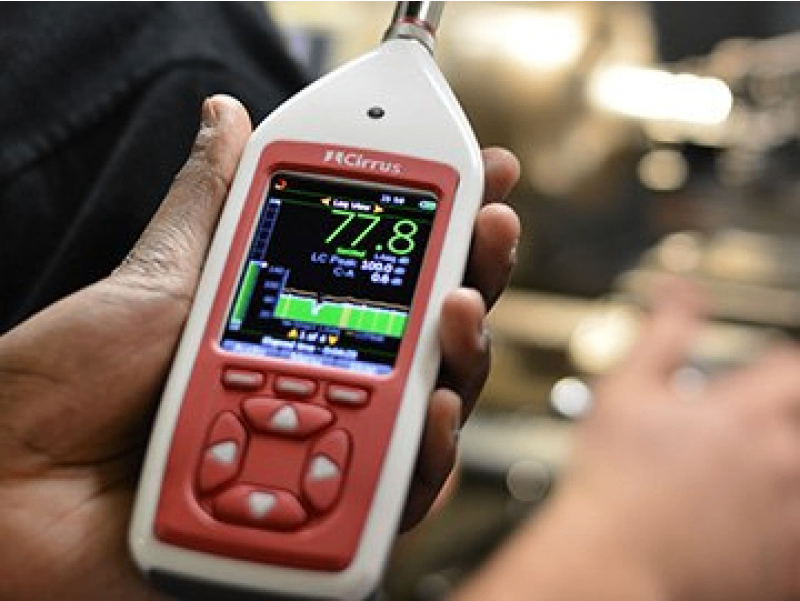1. Theories on acute and long term health effects for noise and vibration
2. Work environment regulations for noise and vibrations
3. Methods for exposure measurement and risk assessment for noise and vibration, including sampling strategies
4. Interpreting risk assessments for noise and vibration, and identifying priority areas
5. Proposing and evaluating intervention strategies for noise and vibration
The overall aim is to provide knowledge about the impact on health and performance from the acoustic work environment and from vibrations, and how to improve these factors. By the end of the course, the students should be able to:
1. Describe, exemplify and explain how work related factors within the field of noise and vibrations affect safety, health, wellbeing, and performance.
2. Describe and reflect on theories about mechanisms linked to noise and vibrations in causing work-related symptoms, disorders and performance effects.
3. Plan and perform exposure measurements and risk assessments of noise and vibration exposures, then communicate results
4. Propose work environment improvements concerning noise and vibrations, based on sociotechnical (human, technology and organisation) perspectives.
5. Interpret measurements and critically evaluate risk relative to relevant work environment regulations.
